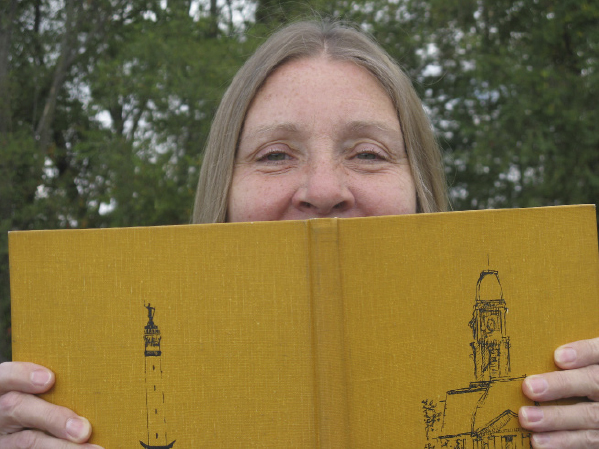A Little Conner Family History

It recently occurred to me that, although the life of Hamilton County pioneer William Conner is fairly well known, few people are probably familiar with his parents’ story. Their history is just as interesting and, in some ways, not that different from William Conner’s own life.
Richard Conner, the father of William Conner, was born in Maryland, probably around 1718. It’s believed Richard’s father may have been one of three brothers who immigrated to America from Ireland.
As a young man, Richard wandered the wilderness of Ohio, much as his sons, William and John, would explore the Indiana frontier years later.
Richard eventually ended up among the Shawnee Indians in southern Ohio. There he met Margaret Boyer, a young white girl who’d been taken captive by the Shawnee during the French and Indian War.
According to one source, Boyer was a French name, but other references maintain the family was of German descent, with Bauer, Beyer or Bayer the original spelling. That seems more likely given the area of eastern Pennsylvania in which they lived.
In his book, “Sons of the Wilderness,” Charles N. Thompson cites a tradition handed down in the Boyer family which holds that Margaret’s family had a farm near Lehigh Gap (north and a little west of today’s Allentown, Pennsylvania.)
One day during the war, Margaret’s father left his wife at a nearby fort, and took their three children with him to their farm. While he was plowing a field, Indians attacked.The father was killed and the children were taken prisoner. Margaret was only six years old at the time.
Margaret’s brother was released after a few years and returned home, but the Boyers’ two little girls remained with the Indians.
Richard asked the Shawnee for permission to marry Margaret. His request was granted, but he had to pay $200 and promise that the couple’s first-born son would stay with the tribe. (That seems like an incredible amount of money for those days, but that’s what was in the book.)
Richard and Margaret remained among the Shawnee for a while, living in a village that came to be known as Connerstown. During that time a son, James, was born to them.
They later moved to Schoenbrunn, one of the Native American towns founded in the Ohio territory by Moravian missionary David Zeisberger, but they had to leave James behind because of the marriage agreement.
The years of the American Revolution were turbulent for the Conners.
Despite the Moravian missionaries’ efforts to keep their Christian Indians (primarily Lenape, or Delaware, as they’re commonly known,) neutral in the conflict, the British viewed the Moravian villages as a threat and wanted to break them up.
In the fall of 1781, the missionaries and their followers, including the Conners, were captured by Indian allies of the British and marched north to the Sandusky River.
By then, Richard and Margaret had four little boys — James (Richard had tracked him down and ransomed him from the Shawnee,) John, William and the baby, Henry. It was said Henry was so fair-haired, Margaret darkened his hair on the journey to make it less noticeable that the family was white.
The Conners eventually regained their freedom and settled in New Gnadenhütten, a mission Reverend Zeisberger established north of Detroit. A daughter, Susanna, was born there in 1783.
The Moravians left New Gnadenhütten three years later, but Richard decided to stay put. The Conners were now the only whites in an area populated by the Chippewa tribe.
For the next 20 years, Richard farmed, ran a trading post and bought up land in what later became Michigan’s Macomb County. When he died in 1807, he left his family over 4,000 acres.
Margaret Conner died in 1813.
Paula Dunn’s From Time to Thyme column appears on Wednesdays in The Times. Contact her at younggardenerfriend@gmail.com
